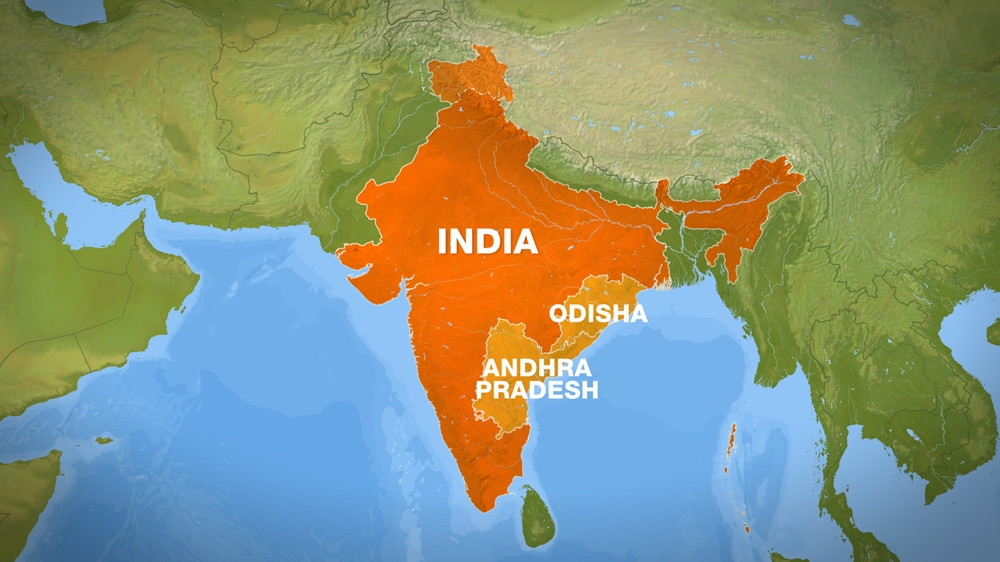Abu Zolfiqar
Rest in Peace

- Joined
- Feb 12, 2009
- Messages
- 22,551
- Reaction score
- 22
- Country
- Location
Government urged to look into demands of separate statehood - The Economic Times
NEW DELHI: The National Federation of New States (NFAS), a new umbrella group, has urged the government to immediately look into its demand of separate statehood as this "was the only solution for equal development in all parts of the country".
NFAS -- an umbrella group of communities across India demanding new states, has also warned of violence and blockades at national highways if the government continues to ignore the demands of separate statehood.
"Our demands are not new but 48 years old. Several new states were formed in the last two decades after taking a note of the development-deprived communities, then why are we continuously ignored," said Pramod Boro, president of All India Bodo Students Union and a senior member of NFAS told IANS.
Calling the demand of separate statehood for the Bodo community of Assam as old as the Telangana issue, Bodo said that since independence, the politicians kept speaking on the issue during elections but none of them, including Prime Minister Narendra Modi, ever took any serious steps towards it.
Among the several groups who jointly formed the NFAS include All Bodo Student's Union, Bundelkhand Mukti Morcha, Kuki State Demand Committee and Indiginous Peoples Front of Tripura among dozen others.
Bodo said that they will organise a two-day protest rally in the national capital at Jantar Mantar on November 14-15 and will present a fresh memorandum of their demands to the government.
"The dharna and rally are just the beginning of a vigrous mass democratic movement for creation of new states in India," Bodo said.
"If the demand is not met at the earliest the political class of the country especially who are sitting at the helm of affairs will be responsible for the turmoil generated due to the massive democratic movement across the country," he added.
NEW DELHI: The National Federation of New States (NFAS), a new umbrella group, has urged the government to immediately look into its demand of separate statehood as this "was the only solution for equal development in all parts of the country".
NFAS -- an umbrella group of communities across India demanding new states, has also warned of violence and blockades at national highways if the government continues to ignore the demands of separate statehood.
"Our demands are not new but 48 years old. Several new states were formed in the last two decades after taking a note of the development-deprived communities, then why are we continuously ignored," said Pramod Boro, president of All India Bodo Students Union and a senior member of NFAS told IANS.
Calling the demand of separate statehood for the Bodo community of Assam as old as the Telangana issue, Bodo said that since independence, the politicians kept speaking on the issue during elections but none of them, including Prime Minister Narendra Modi, ever took any serious steps towards it.
Among the several groups who jointly formed the NFAS include All Bodo Student's Union, Bundelkhand Mukti Morcha, Kuki State Demand Committee and Indiginous Peoples Front of Tripura among dozen others.
Bodo said that they will organise a two-day protest rally in the national capital at Jantar Mantar on November 14-15 and will present a fresh memorandum of their demands to the government.
"The dharna and rally are just the beginning of a vigrous mass democratic movement for creation of new states in India," Bodo said.
"If the demand is not met at the earliest the political class of the country especially who are sitting at the helm of affairs will be responsible for the turmoil generated due to the massive democratic movement across the country," he added.
















